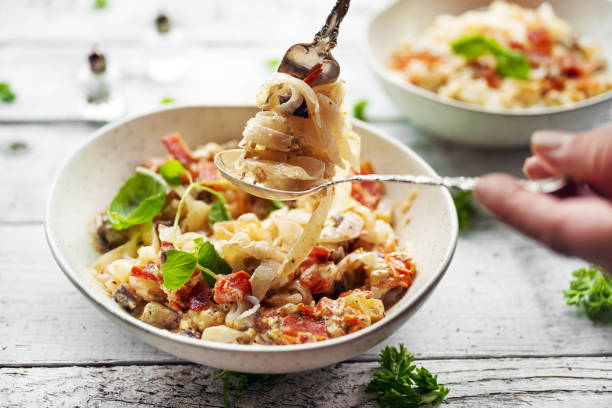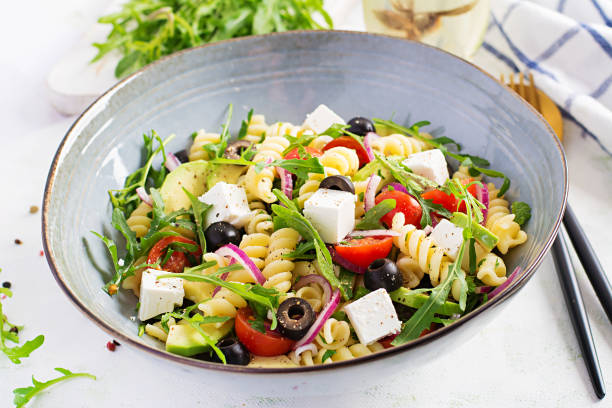How healthy your salad actually is depends on various factors. In this article, we will show you how to make salad healthy and provide you with suitable recipe suggestions.

Salads consist largely of water and are therefore low in calories. According to the Federal Center for Nutrition, they also contain various health-promoting nutrients. These include vitamin A, B vitamins, vitamin C, beta-carotene, folate and fiber as well as potassium, magnesium and phosphorus.
There are a variety of salad dishes and even more ways to arrange salads individually. Not all salads are created equal. You can influence how healthy your salad will ultimately be.
These factors affect how healthy your salad is

It’s best to add variety to your salad choices because different types of lettuce contain different amounts of nutrients. For example, according to the BzfE, iceberg lettuce is rather low in nutrients, while lamb’s lettuce and endive have a better nutrient composition. Wild herbs are particularly rich in nutrients.
When putting together, you can use seasonal and regional salad varieties as a guide. You can also save on CO2 emissions because long transport routes are no longer necessary. Our seasonal calendar can give you an overview. In addition, we recommend that you buy your salad and all other ingredients in organic quality. In this way, you avoid chemical-synthetic pesticides and artificial fertilizers.
It is healthiest and tastiest if you prepare your salad and dressing yourself. Ready-made salads lose nutrients when cut and stored. In addition, packaged salads are more susceptible to bacteria. This is due to the cut surfaces of the pre-cut lettuce, on which microorganisms can colonize more easily. Ready-made dressings often contain a lot of sugar, salt or oil and can quickly become a calorie bomb. For example, try a classic vinaigrette instead. If you have the opportunity, we recommend that you grow your own lettuce. So you get the freshest salad ever and save plastic at the same time.

If you prepare your salad yourself, you can combine it according to your taste and supplement it with filling ingredients. It is particularly healthy to add protein-rich components to the salad. This can be, for example, legumes, eggs, organic cheese, nuts and seeds or the organic (soy) yoghurt in the dressing. Complex carbohydrates also promote satiety. Add healthy carbohydrates in the form of millet, whole wheat pasta, or sweet potatoes to the salad. You can also integrate fruits, mushrooms or other vegetables. There are no limits to the design of your salad.













